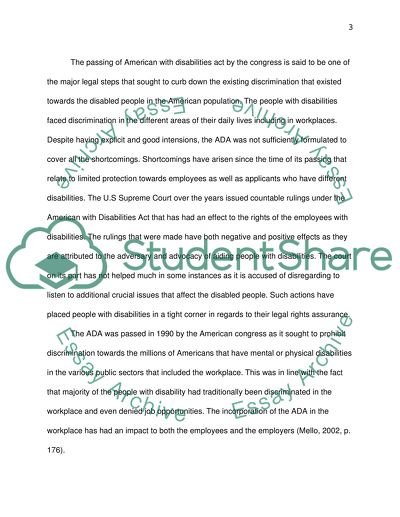Cite this document
(“Job Analysis and The Americans with Disabilities Act Research Paper”, n.d.)
Retrieved from https://studentshare.org/family-consumer-science/1418389-job-analysis-and-the-americans-with-disabilities
Retrieved from https://studentshare.org/family-consumer-science/1418389-job-analysis-and-the-americans-with-disabilities
(Job Analysis and The Americans With Disabilities Act Research Paper)
https://studentshare.org/family-consumer-science/1418389-job-analysis-and-the-americans-with-disabilities.
https://studentshare.org/family-consumer-science/1418389-job-analysis-and-the-americans-with-disabilities.
“Job Analysis and The Americans With Disabilities Act Research Paper”, n.d. https://studentshare.org/family-consumer-science/1418389-job-analysis-and-the-americans-with-disabilities.


